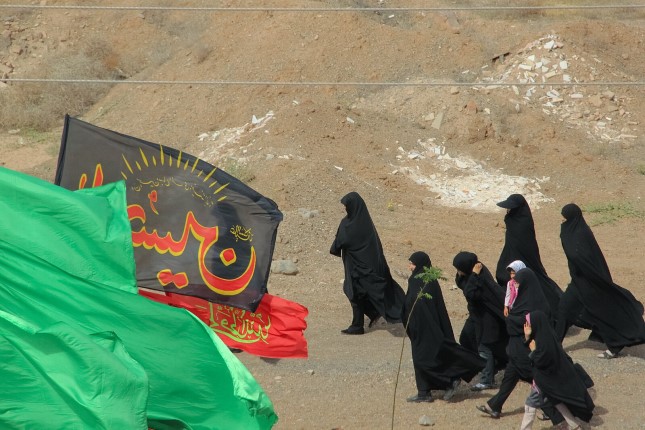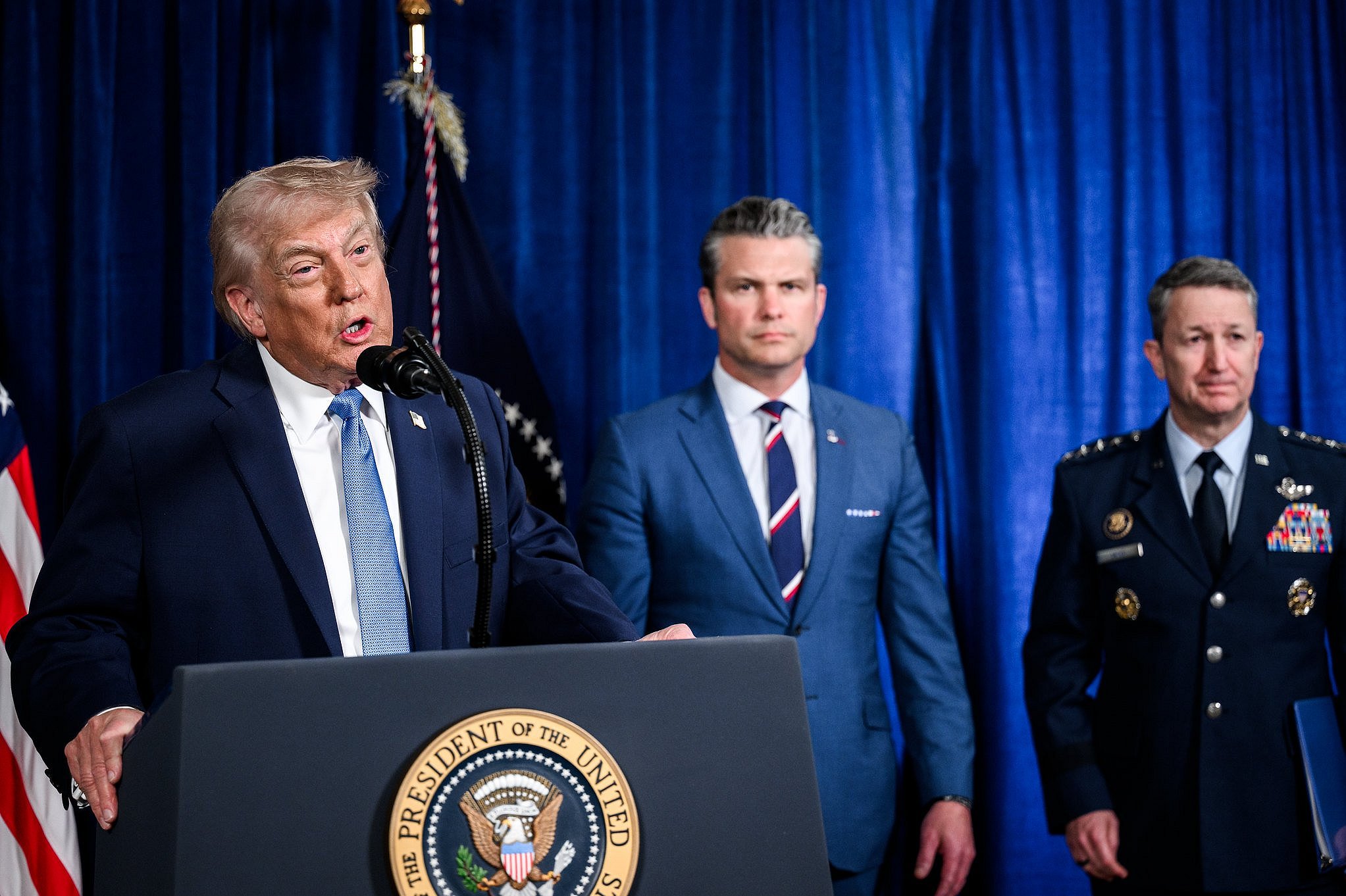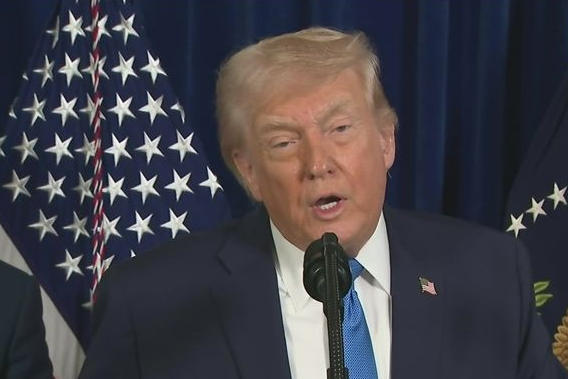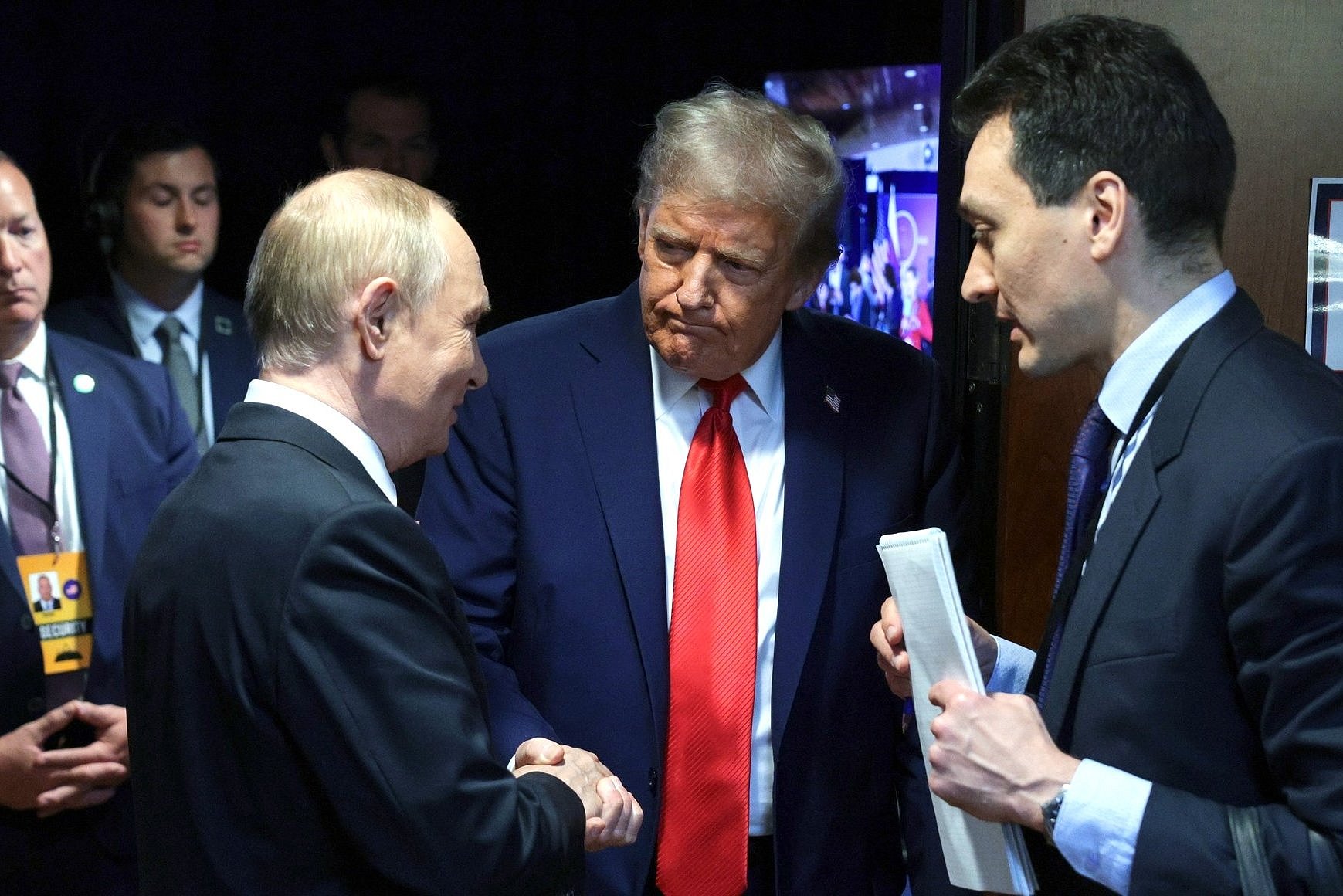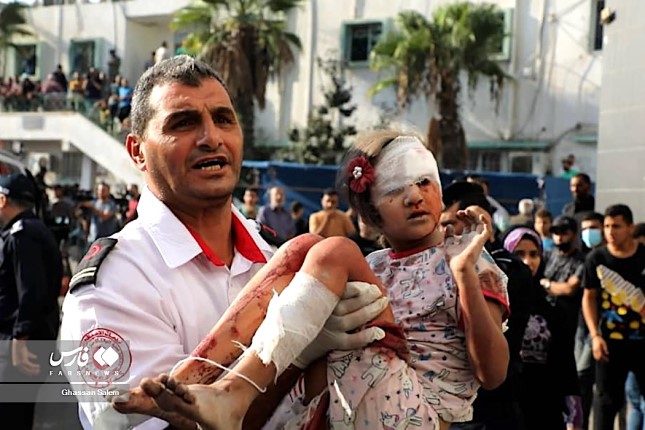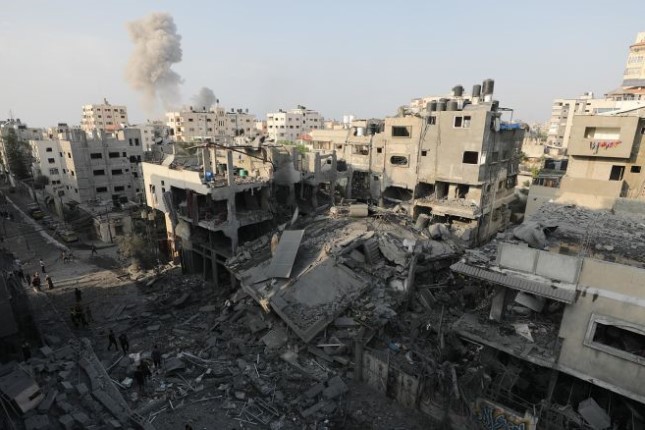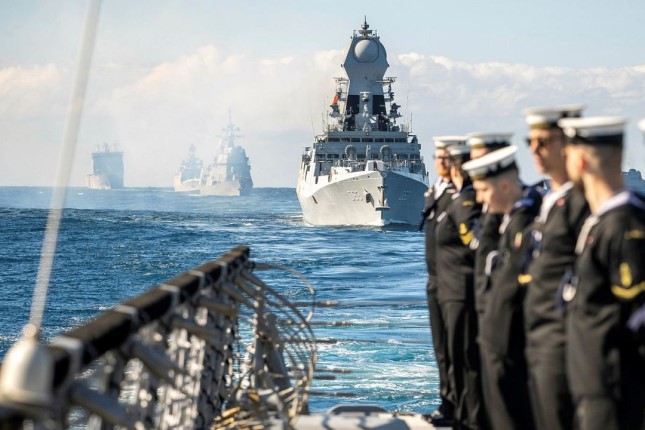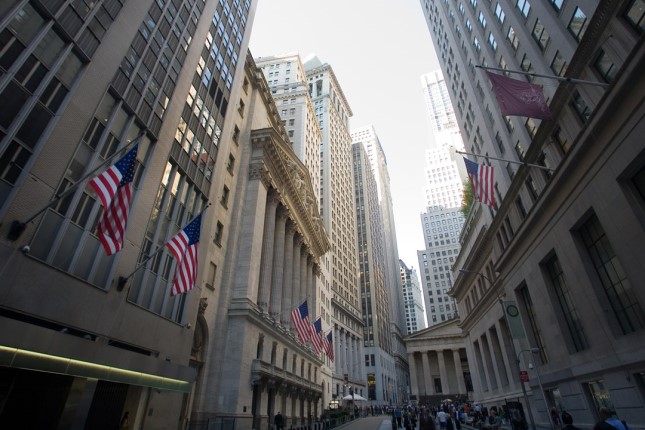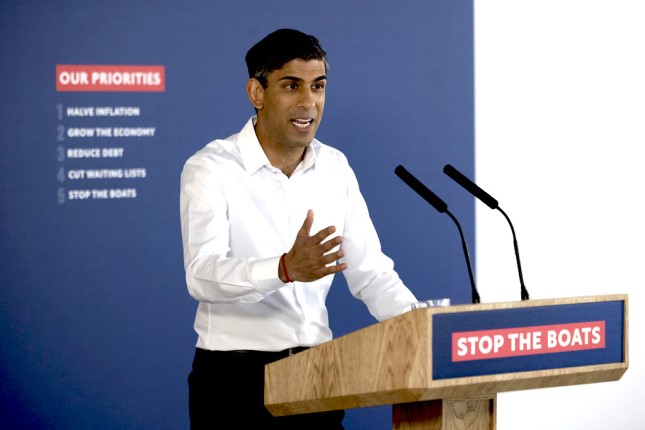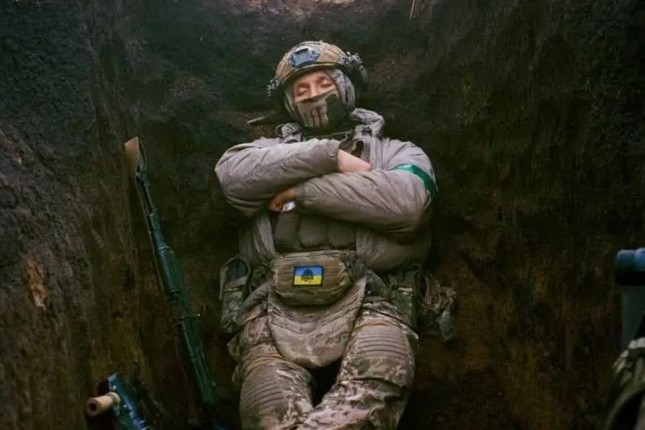The Islamic Republic of Iran is that rare entity among the family of nations, in that it is both a regressive and progressive force at the same time. In other words a state in which a reactionary and revolutionary impulse occupies the same political and geopolitical space.
The Islamic Republic was established, it should be pointed out, on the back not of a revolution but a counter-revolution.
The actual Iranian Revolution of 1979 was waged and won by a popular front consisting of Islamists, communists, trade unionists, nationalists and adherents of various other political and ideological currents.
Upon the Shah’s overthrow the Islamists, at the direction of the Ayotollah Khomeini, promptly turned against and ruthlessly purged their erstwhile allies in the name not of justice but power.
Since then the country has trod an uneasy path between reaction at home and revolution abroad, forging a schizophrenic identity at once incompatible with modernity but also a committed disciple of it.
In this respect, the Islamic Republic bears comparison with the 1868–1912 Meji Restoration in Japan, which sought to combine Japanese cultural traditions with Western modernisation in a process that led directly to the rise of Japanese imperialism as an antidote to Western imperialism.
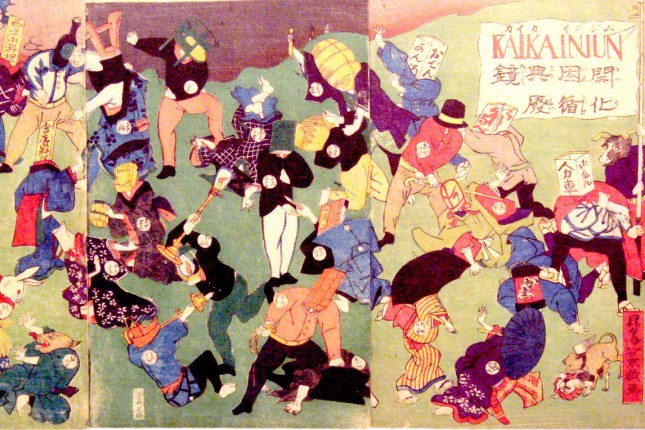
Allegory of the New fighting the Old, in early Japan Meiji, around 1870. Photo: Printing Museum News / Wikimedia Commons / Public domain.
In the here and now, the Islamic Republic has existed in the crosshairs of U.S. imperialism ever since the Shah’s overthrow in ’79, and with good reason. Mohammad Reza Pahlavi’s regime was a major plank of U.S. geostrategic power in the Middle East, a veritable American aircraft carrier and market for U.S. capital investment.
Along with Saudi Arabia and Israel, Iran under his rule was a vital Cold War asset and its loss a serious blow to U.S. prestige and global hegemony at the time.
But let us not be deceived by any insincere statements of concern emanating from Washington and other Western capitals for the plight of the Iranian people under a supposedly evermore authoritarian regime in Tehran.
The Islamic Republic’s pariah status in the West is entirely down to the fact that under the mullahs, Iran has dared to assert its sovereign right to an independent foreign policy and has set its face against the U.S.-led Western imperialism in the region and beyond.
In this regard, Tehran has been crucial to the ability of President Bashar al-Assad’s Syria, Lebanon and the Palestinians to continue to resist the determined attempt to subvert all in the name of Israeli military domination of the region in the cause of expansionism.
But now, in the wake of the brazen Israeli airstrike against the Iranian consulate in Damascus, responsible for the deaths of senior IRCG commanders, the Islamic Republic has been confronted with the most important challenge it has faced since Saddam Hussein mounted his invasion of the country in 1980.
Respond directly to the recent Israeli missile strike, as it has both the legitimate and moral right to — and also perhaps the need to militarily — and Tehran faces the prospect of direct military confrontation not only with Israel but also with the U.S.
Fail to respond and the Islamic Republic risks being exposed as a paper tiger. And this not only in the eyes of its Zionist and U.S. adversaries, but also perhaps even more crucially in the eyes of its allies.
[Iran fired about 300 drones and missiles at Israel early Sunday local time. No one was killed. Iran said the matter was over, but Israel said it would respond. Biden told Netanyahu the U.S. “will not join an offensive counter-strike on Iran should Israel choose that road after Tehran attacked it this weekend, according to two people familiar with the conversation,” Politico reported.]
Ironically, both Hamas’ Yahya Sinwar and Israel’s Netanyahu have had the same vested interest in dragging Iran into a wider regional conflict since Oct. 7 was launched.
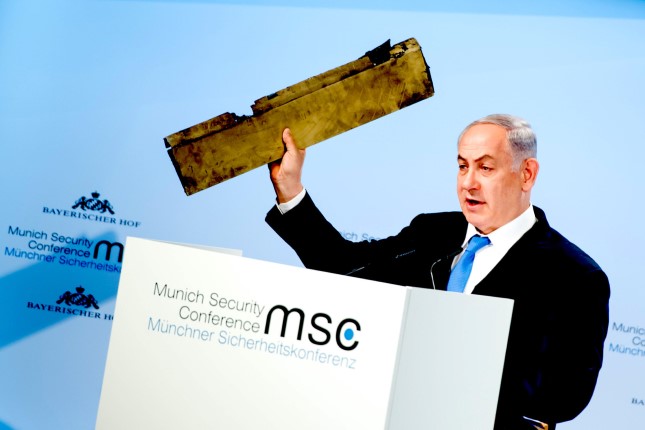
Netanyahu addressing the 2018 Munich Security Conference and displaying what he said was a piece of an Iranian drone. Photo: MSC / Karl-Josef Hildenbrand / MSC / Lennart Preiss MSC / Michael Kuhlmann MSC / Lukas Barth-Tuttas / Wikimedia Commons / CC BY-SA 4.0.
Up to now the Iranians have judiciously navigated what has been an incredibly dangerous ecosystem on the back of the Hamas-led military operation.
Further still, that the Sinwar leadership in Gaza chose neither to inform the Iranians nor the leadership of Hezbollah in Lebanon prior to staging the Oct. 7 incursion into southern Israel remains revelatory as to the character of the so-called Axis of Resistance.
During a face-to -face meeting between Hamas’ leader in exile, Ismail Haniyeh, and Iran’s Supreme Leader Ayatollah Ali Khamenei, in November 2023, the latter is reported to have informed Haniyeh that Iran would not enter the war directly, having received no prior warning of Oct. 7.
This posture on the part of the Iranians could now well change in the wake of Israel’s attack on its consulate in Damascus.
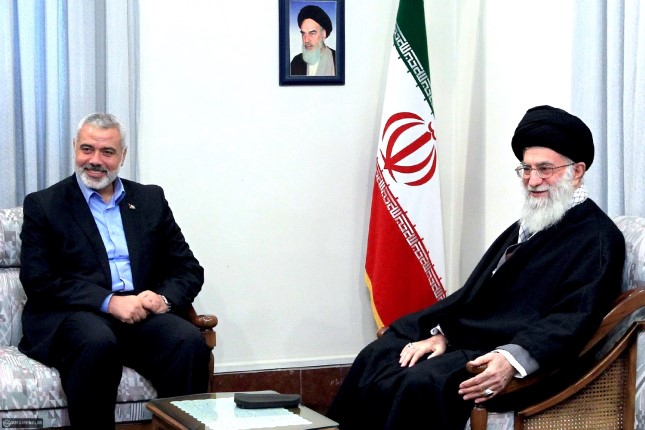
Hamas leader Ismail Haniyeh and Iranian Supreme Leader Ali Khamenei in 2012. Photo: Khamenei.ir / Wikimedia Commons / CC BY 4.0.
Here, the timing of the Israeli strike is telling in the extreme, coming as it did just days after the Joe Biden-Benjamin Netanyahu phone call during which the U.S. president reportedly laid down the law to the Israeli prime minister after an Israeli drone strike killed seven aid workers, six of them citizens of U.S. Western- allied countries.
In other words, was the Israeli airstrike on Iranian sovereign diplomatic territory in Damascus Netanyahu’s direct and withering riposte to a Biden administration that had “dared” to become overtly vocal in its criticism of the way the Israeli Defense Forces has been conducting its offensive in Gaza? The answer would seem to be implicit in the question.
What is unfolding now is a high stakes game of chess between both allies and adversaries. With this in mind, Biden’s “ironclad” guarantee of an American response should Iran mount an attack on Israel, which he announced immediately after Israel’s airstrike, has to all intents confirmed that Netanyahu has succeeded in snapping Biden back into line.
In so doing, Netanyahu has deftly weaponised a U.S. presidential election year in which a resurgent Donald Trump is hovering in the background as a putative hawkish alternative.
For the Iranian leadership in Tehran, meanwhile, the law of unintended consequences will be being heavily weighed when it comes to any response to Israel’s recent airstrike. How can the current regime be confident of mass support at home for direct military confrontation with Israel, much less the Americans too?
The brief but militant “Hijab Protest” in the summer of 2022 exposed fissures within Iranian society that remain extant if hidden for now. The risk of those social fissures being rent asunder again is a stark one, going forward.
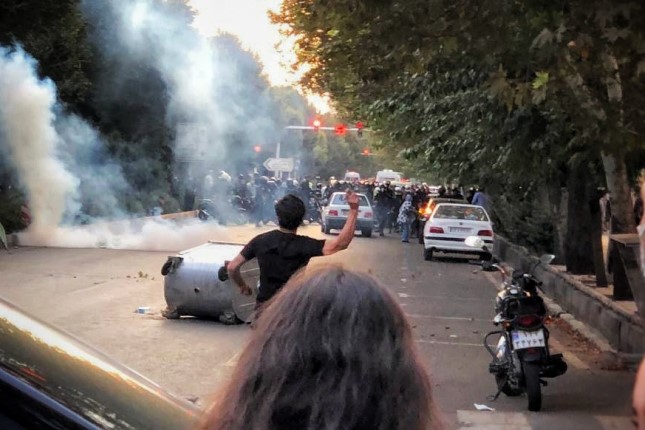
Protest in Tehran’s Keshavarz Boulevard in September 2022 after the death of Mahsa Amini in police custody. Photo: Darafsh / CC BY-SA 4.0 / Wikimedia Commons.
Not that Israeli society is currently an exemplar of social cohesion in comparison. Netanyahu’s fascistic coalition is well aware of the deep and deepening detestation with which it is viewed by a significant proportion of its own people. This after six months of unrelenting military assault that has failed to achieve the destruction of Hamas and/or the release of the remaining Israeli captives in Gaza.
Escalation under these circumstances, and at this juncture, is imperative for Netanyahu and the last thing the Iranians need. The result is a chessboard upon which the future of the entire region, and by extension global stability, is currently being played out with just one move all it will take.
Main photo: Funeral procession in 2010 in Qom for “anonymous martyrs” a term for the remains of those Iranians who were killed in the Iran–Iraq War but could not be identified © Mostafa Meraji / Wikimedia Commons / Public domain.
Source: Consortium News.
